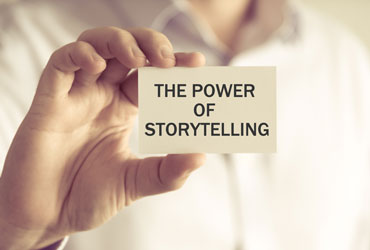Neuroscience has shown that the human mind is a story-processor not a logic one. Cultures, beliefs, values and emotions are shaped by the stories we tell ourselves and others.
Often, we forget that when shaping technical communications.
“Reports convey information. Stories create experience… The report points us there. The story puts us there.” Roy Peter Clark, Poynter Institute senior scholar, in Writing Tools
We use stories to explain why we behave in certain ways, to shape our beliefs and values or to capture our imagination. How many reports have you read that spent pages on the data and results but left you unclear on what the purpose or value of the work? Or scientific papers you’ve finished and thought that there must have been valuable knowledge within them, but you just couldn’t quite understand what the author meant?
A little time on creating a narrative that reaches and moves your audience. It delivers disproportionate results in terms of uptake and acceptance.
Similarly, to get people to change their behaviours or beliefs requires an emotional reaction. They need to be convinced that change is necessary and that it applies to them. This comes from creating and communicating stories that move them.
We also need to learn to listen. To understand how people use stories and metaphors to share their understanding of the world around them. This lets us shape messages that relate to them, and make individuals feel heard.
But it’s not easy. We all get lost in jargon and acronyms or lost in our own convictions that the outcomes are obvious.
I’m here to help you take the complex and make it simple; to help you capture your audience in an impactful way. Please get in touch if you want to find out more.
